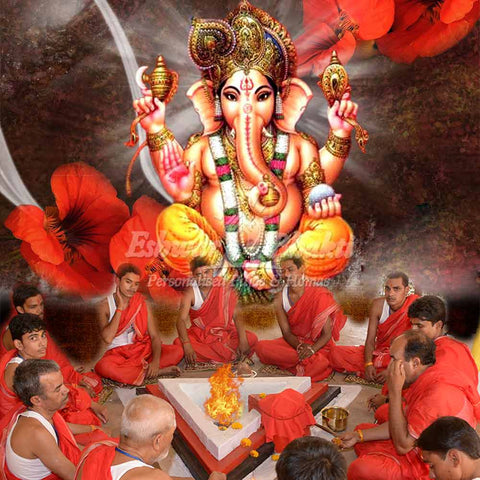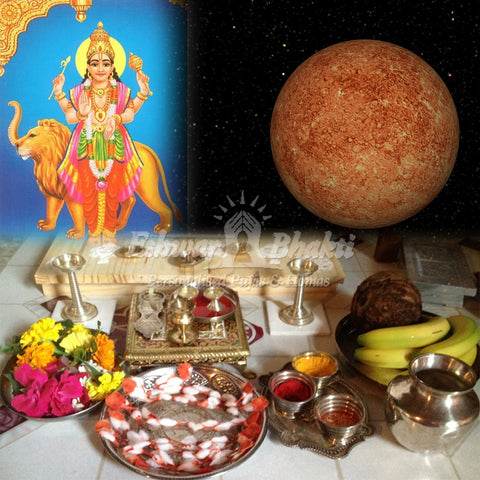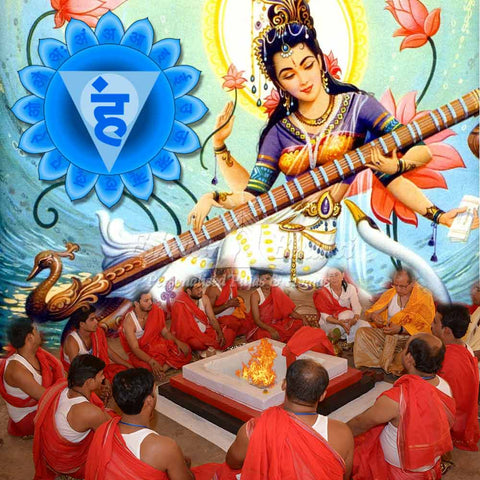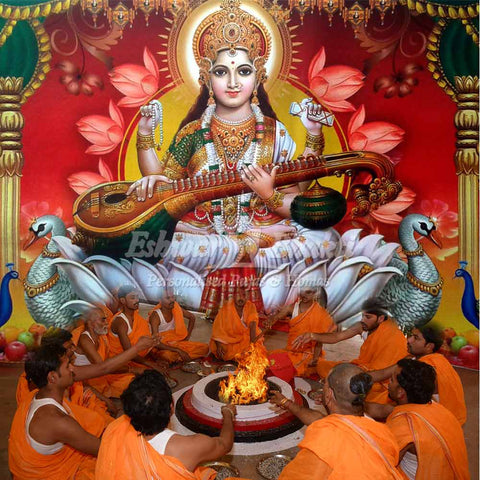Why do we lit Diya?
 Indian culture and tradition is deeply rooted with values, discipline, gratitude to the God and spiritual ethos. “Diya” means auspicious lamp lit in every Hindu house in India. It is believed to bring prosperity, welfare and positivity in and around us. This tradition is being followed by Hindus since ancient times as part of Indian culture and tradition. Significance of lighting lamp or diya is simple, but deep – to spread the light, the light of spiritual knowledge. In some of the places, diya is also called as Jyothi. Lighting of the lamp is an inevitable tradition in all the Hindu festivals, ceremonies and even during puja. Significance of lighting diya is more if it is in the morning. Most of the householders following the Indian culture and tradition do light the lamp in the early morning hours and in the evenings.
Indian culture and tradition is deeply rooted with values, discipline, gratitude to the God and spiritual ethos. “Diya” means auspicious lamp lit in every Hindu house in India. It is believed to bring prosperity, welfare and positivity in and around us. This tradition is being followed by Hindus since ancient times as part of Indian culture and tradition. Significance of lighting lamp or diya is simple, but deep – to spread the light, the light of spiritual knowledge. In some of the places, diya is also called as Jyothi. Lighting of the lamp is an inevitable tradition in all the Hindu festivals, ceremonies and even during puja. Significance of lighting diya is more if it is in the morning. Most of the householders following the Indian culture and tradition do light the lamp in the early morning hours and in the evenings.
Let us now look at the scientific reason and significance of lighting diya. Lamp is lit by filling ghee or oil – either sesame oil or coconut oil. It represents the negativity of the mind. One end of the cotton wick is burnt by soaking it in the oil or ghee. The oil or ghee will get exhausted as the wick continues to burn by emitting the light. The dirt in the mind vanishes with the fire gradually. Fire represents the supreme knowledge to uplift the human mind spiritually. It gives us an important message that the spiritual knowledge alone can purify our mind by destroying the negativities in the mind.
Logically too, a lamp lit in a dark room will remove the darkness. Symbolically, it is leading the individual to the supreme knowledge. It is ultimately the removal of ignorance, that is darkness with the help of light. This very purpose is experienced by the devotee if lighting of lamp is practiced everyday. Following is the mantra explaining the significance of lighting diya.
Asato maa sad-gamaya (Lead us from Untruth to Truth)
Tamaso maa jyotir-gamaya (From Darkness to Light)
Mrityor-maa-mritan gamaya (From Death to Immortality)
OM shaanti shaanti shaanti (OM peace, peace peace)
Though we find lot of decorated diyas, it is primarily representing the light of knowledge by removing the darkness of ignorance. Most of the Hindus worship Tulsi plant, Pipal tree by lighting the lamp around the tree. It not only helps to create a spiritual ambience in and around the place, but also shows the gratitude towards the plants, trees and nature. We can experience the positive energy after lighting the lamp at home, in our puja room. Significance of lighting the lamp can be easily experienced if the lamp is regularly lit in puja room every day. There is a belief among the Hindus that the evening hours are filled with negative energies in the atmosphere. It is considered that having food during this time, engaging in any other entertainment activities is not good for the mind. This is the time mostly recommended for puja by lighting the lamp. Every temple in India becomes spiritually active by lighting the lamp during these hours. There are lot of temples in India where the main lamp is never turned down and is kept continuously lit. It depicts the significance of lighting the lamp by spreading positivity. Continuous chanting of sacred mantras is practiced in most of the temples in India for the welfare of the world. Other than during the festivals, pooja, celebrations, people also light the lamp during the house warming ceremonies, social functions, etc. Most of the auspicious functions and ceremonies observed and celebrated by Hindu families starts by lighting the lamp.
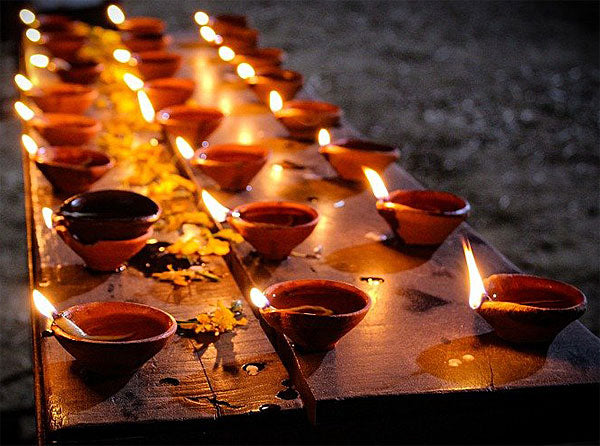
Most of the people use lamps made with brass in their puja room. It is a symbolic expression of “Knowledge Principle” – the source behind the energy sustaining the life in this whole universe. Lamp is always lit in front of the favourite deity as a surrender to get the blessings. It is also a symbolic act to burn our ego in front of our favorite deity. Adding to this, the flame of a lamp always burns upwards. Similarly we should acquire such knowledge which helps us to live a life with higher ideals and principles. Light is an inevitable part in our everyday life. We always remember our teachers and gurus as the guiding lights. They are the ones who inspired us. We always pray for the bright future. Spreading the light by lighting the diya or lamp can be understood from various dimensions:
• There is a heritage of lighting the lamp in Indian values, tradition and culture. Lighting of lamp symbolises the victory of good over evil. These instances can be found in all Hindu Puranas like Mahabharat, Ramayan, etc.
• When lit in the entrance of our homes, it symbolises inviting prosperity and success in the life of family members.
• Peaceful atmosphere is created by lighting the lamp in the evenings and early mornings. It should be noted that if lit in the early morning hours, the positivity is retained in the puja room throughout the day.
• Lighting the lamp during the significant occasions and any new beginnings symbolises prosperity and welfare.
• Some people even lit the lamp in office rooms too as a remembrance of God.
• It also helps to clean up the air, especially during some weather conditions.
• Lighting diya in a clay pot is most recommended as they are environment friendly, and don’t leave a much harmful residue, which is the case with many other forms of light.
 Lamps are lit at home for the welfare of the family, happy married life, etc. Sometimes it is also for the birth of a child. Lamp also represents the Goddess Rajarajeshwari – She is regarded as the combined force of Durga, Lakshmi & Saraswathi.
Lamps are lit at home for the welfare of the family, happy married life, etc. Sometimes it is also for the birth of a child. Lamp also represents the Goddess Rajarajeshwari – She is regarded as the combined force of Durga, Lakshmi & Saraswathi.
Following are some of the significant parts of the lamp that is made of brass and used traditionally in puja rooms for everyday purpose:
• Bottom portion of the lamp: (lotus seat): Lord Brahma
• Middle pipe of the lamp: Lord Venkateswara
• Portion where oil/ghee is filled: Rudra
• Portion where wick settles: Lord Maheswara
• End of the wick: Sadashiv
• Ghee/Oil: Natham
The 5 faces of a lamp denote the five qualities of mind:
• Affection
• Intelligence
• Resoluteness
• Patience
• Caution
It is believed that lighting of the lamp will improve all these qualities of the mind and create awareness in an individual for his spiritual evolution.

